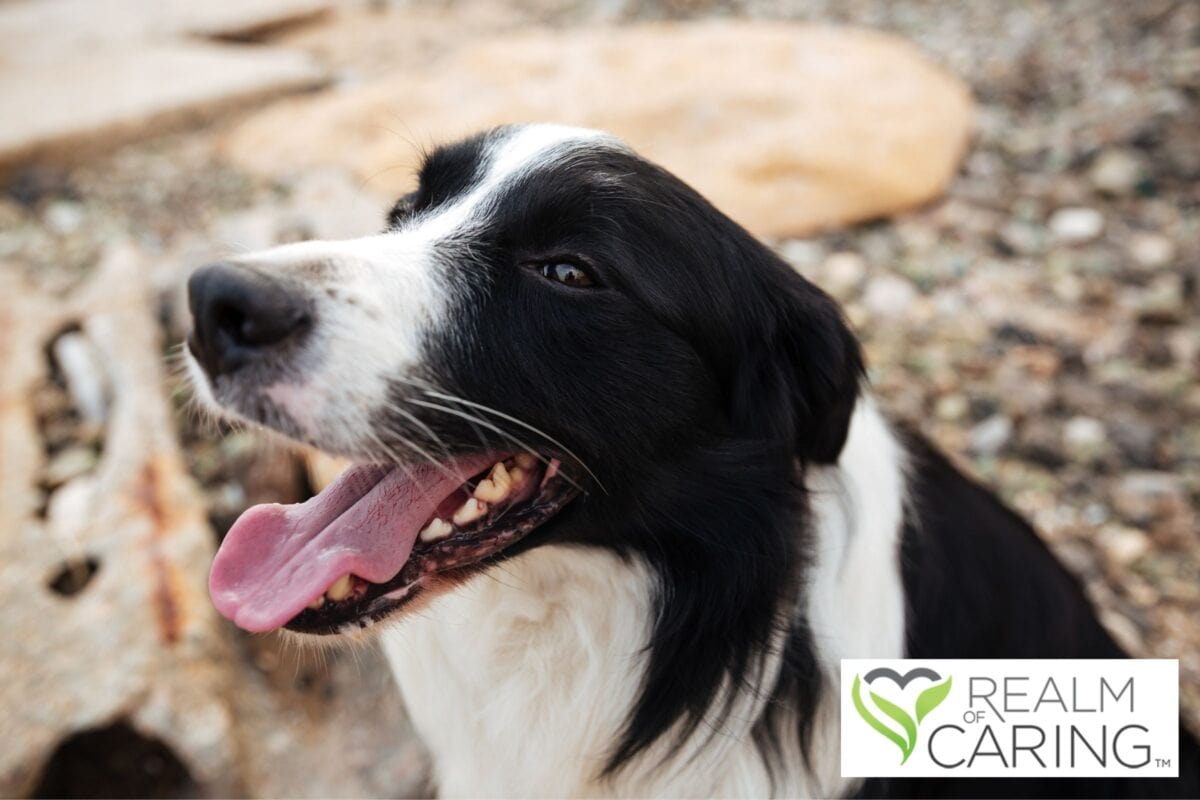Here at Realm of Caring, we strive to educate our clients on the science behind cannabis. One of the most popular questions we get is, “What is a terpene?”. Terpenes play an important part in cannabinoid therapy as they may enhance therapeutic effects. In an effort to get you to know more about them, we have here the three things to know about terpenes.
#1. What is a Terpene?
To put it in simple terms, terpenes are compounds produced by plants such as fruits, trees, herbs, and a variety of other plant species that are responsible for determining their distinct scents. Terpenes are so abundant in nature that they form the largest group of plant chemicals. They are commonly used for food flavoring, cosmetic products, and as a natural folk medicine. Of all of the plants known to man, cannabis has more terpenes than any other, having over 100 identified.
#2. What do Terpenes do?
Found in the flowers, roots, and leaves, plants use terpenes as a defense mechanism to protect themselves from the environment and predators. They release a strong odor and flavor that is intended to ward off certain insects or herbivores. Not only do they play a role in protecting plants, but research shows terpenes to have multiple health-promoting properties in humans. Many individuals will look for cannabis strains with specific terpenes for specific conditions. The therapeutic properties of terpenes combined with the therapeutic properties of cannabinoids may enhance the overall therapeutic effect that the cannabis plant can offer. This combination, known as the entourage effect, can improve effectiveness due to increased bioavailability and affinity to certain receptors. The cannabinoids and terpenes are essentially working as a team to provide optimal relief.
#3. What are the most popular terpenes?
Of the more than 100 terpenes found in the cannabis plant, there are specific ones found in higher concentrations in certain cannabis and/or hemp strains. Below are six of the most popular terpenes found in cannabis and cannabis products, as well as some of their reported benefits.
Myrcene
Reported to have active sedating, potent anti-inflammatory, and analgesic and anxiolytic properties.
Also found in lemongrass, basil, mangos, and thyme.
β-caryophyllene
Reported to have anti-inflammatory, anti-bacterial, and antioxidant properties.
Also Found in black pepper, cloves, hops, rosemary, and copaiba.
α-humulene
Reported to have anti-inflammatory and analgesic properties.
Also Found in hops, sage, and ginseng.
Α-pinene
Reported to have anti-inflammatory and anxiolytic properties as well as aid in cognitive function and as a bronchodilator.
Also Found in pine needles, hops, mint, holy basil, and camphor.
Limonene
Reported to have anxiolytic, antioxidant, anti-inflammatory, and anticancer properties.
Also found in most citrus fruit peels such as oranges, lemon, and lime.
Linalool
Reported to have sedative, analgesic, anxiolytic, anti-microbial, anti-inflammatory, and anticonvulsant properties.
Also Found in lavender, birch trees, sweet basil, and cinnamon.
There is much research to be done on the many terpenes found in nature and how they react with other compounds and the human body to promote internal balance. Once you know what a terpene is and what it does, you will have a better understanding of how it can enhance your cannabinoid therapy. Give us your thoughts below or direct your questions to a care specialist at [email protected].
Disclaimer
The Realm of Caring Foundation specifically invokes the first amendment rights of freedom of speech and of the press without prejudice. These statements have not been evaluated by the food and drug administration. the products discussed are not intended to diagnose, cure, prevent or treat any disease. Realm of Caring always recommends when and wherever possible that licensed local healthcare professionals be consulted.
The Realm of Caring Foundation is an independent nonprofit with its own governing board. We do not produce or sell cannabinoid products, nor do we receive funds from the sale of other company’s products.















